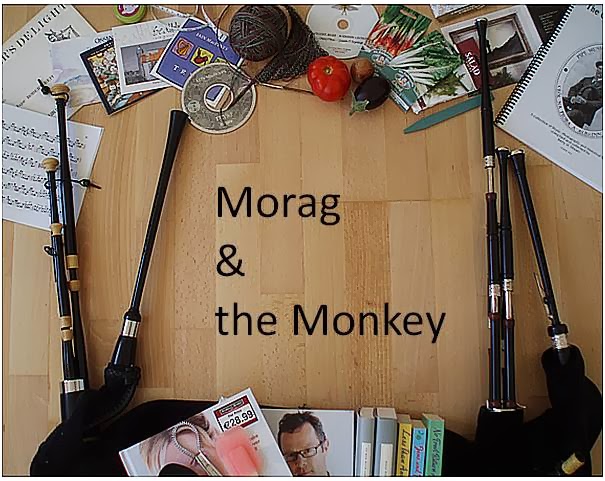I love to eat, I love to cook, I love to think about food, and I love to read recipe books. I read cookery books for several reasons, only one of which is to identify new recipes might like to try. I might pick something because it has ingredients that I particularly enjoy (anything with aubergines) or because it has ingredients I normally have to hand so won’t require an extra shopping trip. I’m not likely to try recipes that involve ingredients I know I can’t get hold of, or those that look as though they are going to take three days and a couple of comis chefs to prepare. Pictures can help with the
selection process, but I don’t need them. The recipe is normally enough to allow me to visualise the dish and how it might taste.
The fan, on the other hand, cannot do this. If I show him a recipe I’m excited about and suggest I try it he tends to be non-committal. He’ll wait until it’s on the plate before him before he passes judgement.
What I can’t do is look at a printed tune and know whether or not I am going to like the sound of the tune or find it easy to pick up. Nor can I often easily envisage a tune just from looking at the dots. I need the equivalent of cookery book pictures, which for a tune means that I need to have heard it, or need to be able to find it being played online so I can have a listen.
If I hear a tune I can normally tell if it’s a pipe tune or not, basically through the limited number of notes used! I’m getting better at listening to tunes and being able to identify the grace notes and visualise (or whatever the aural equivalent for that is) how the tune would sound without those gracings, or with less complex gracings. There are tunes that will accept a paring down and others that are nothing without their gracings. I’m getting better, too, at hearing which tunes needs their speed and which could sound well played at a more sedate pace. I’ve been listening to Flett, played at a much more sedate pace than I play it, and I know I play Loch Bee faster than Mr MacInnes.
Conversely I’ve come across CD notes where a band will say that they have chosen to play a tune at a slower pace than is usual. So speed is a reasonably flexible thing, but there are some tunes that definitely need their speed. I think the thing I still find hardest is hearing a pipe tune played on fiddle and thinking how that will sound on pipes. Although pipes and fiddle sound good together the pipes never have the slide and glide that a fiddle can have.
It was after listening to Springfield a lot recently that I printed the dots for Heroes of both St Valery and Vittoria as both tunes got stuck in my head. The place that I found St Valery also had Sound of Sleat, which I hadn’t really thought of as a pipe tune before. When I first played it was as if I wasn’t reading anything new, more as though the dots were reminding me of a tune I already knew. I had the tune firmly in my head and felt that I was barely reading the dots as I went. The tune initially came together really quickly, then stalled.
I wrote this a while back and it has sat in drafts. Since then Sleat hasn't made much progress and The Session has had a discussion about whether or not musicians can "hear" tunes as they read the dots. Looks like I'm not alone in lacking this ability.
This has festered in draft mode for a while more. Sleat and Heroes are being assimilated into my repertoire. I've been playing them this week.

No comments:
Post a Comment